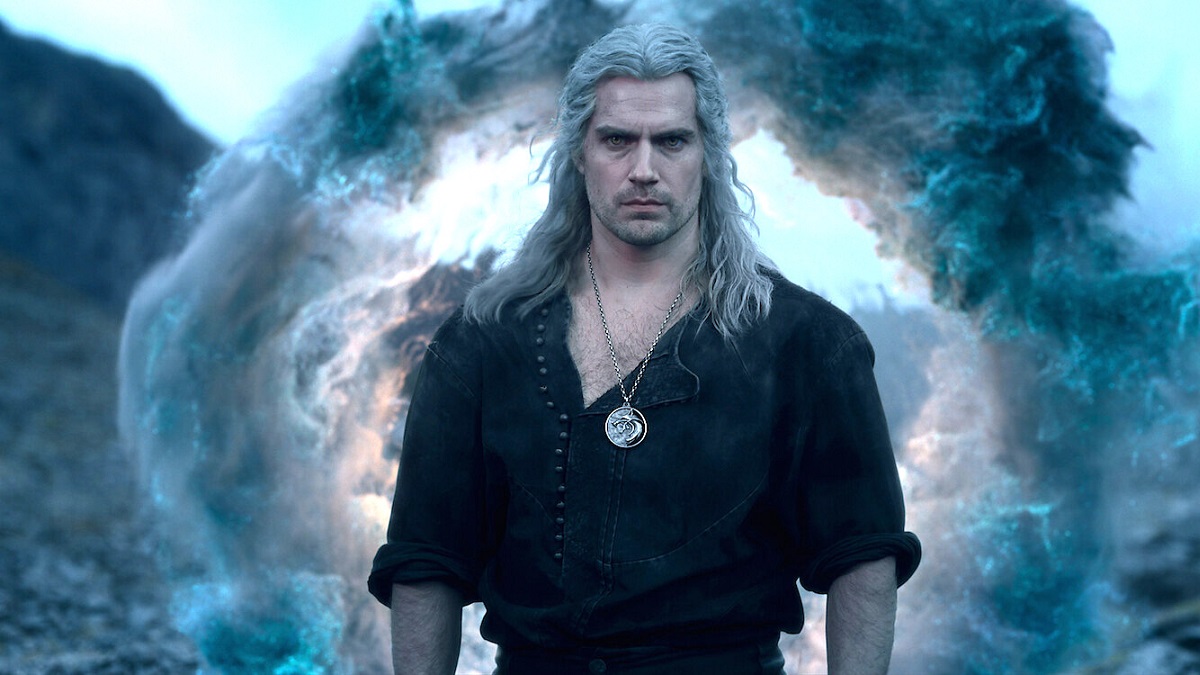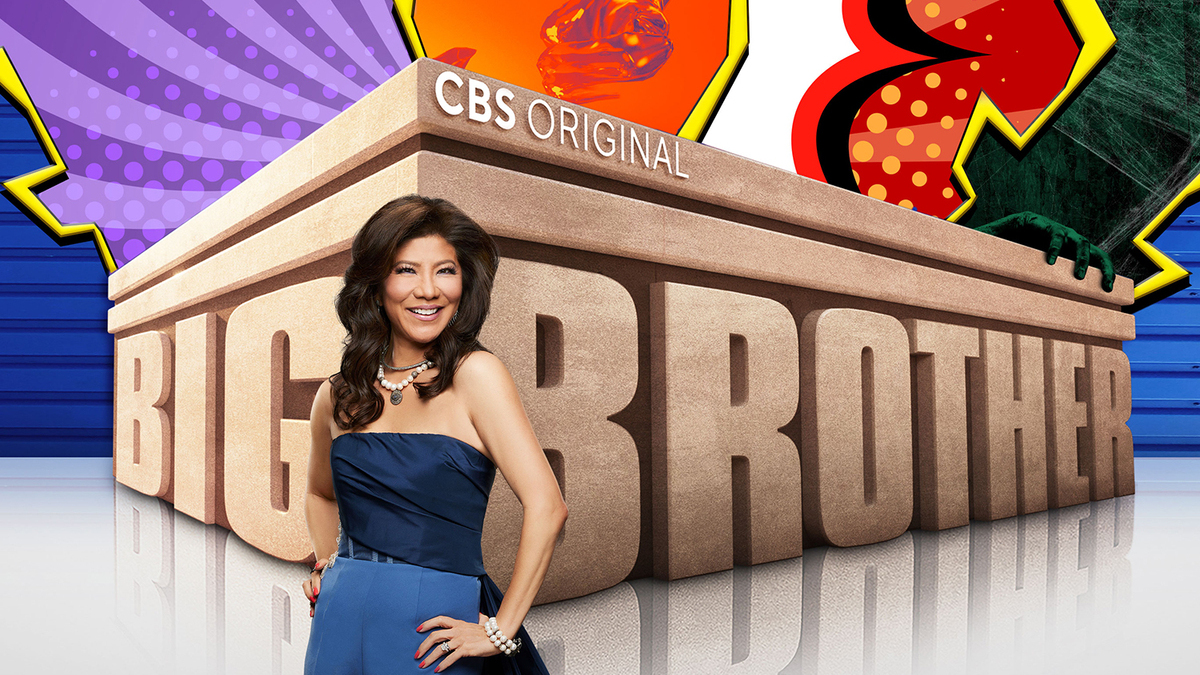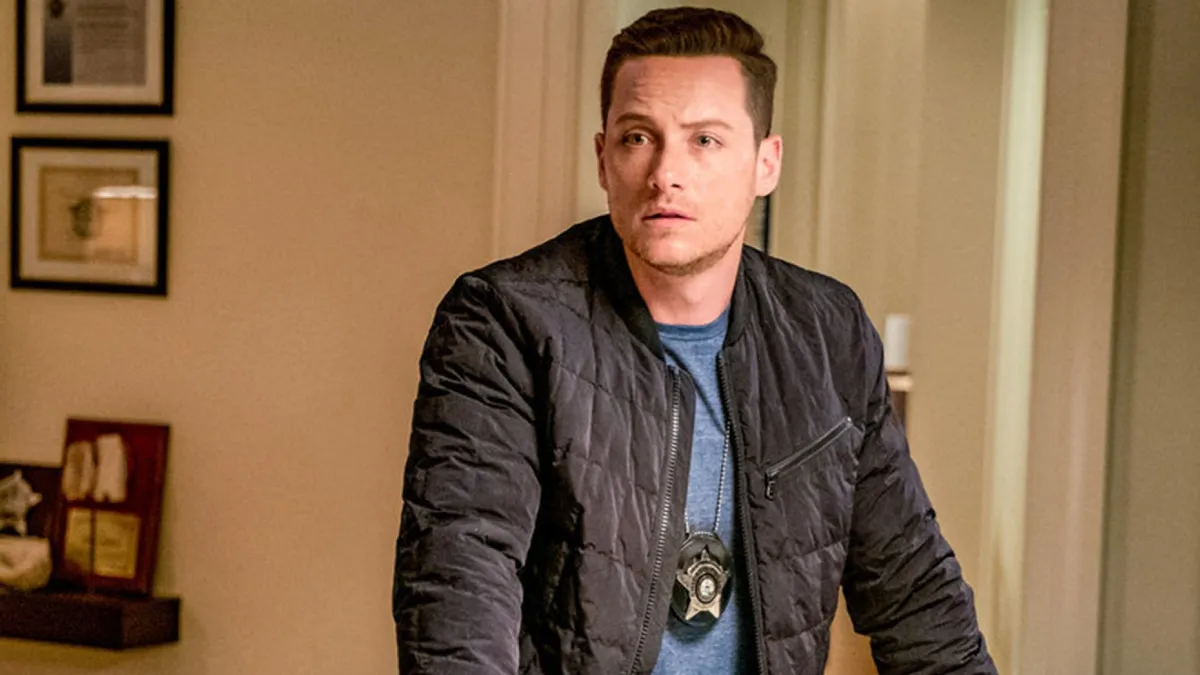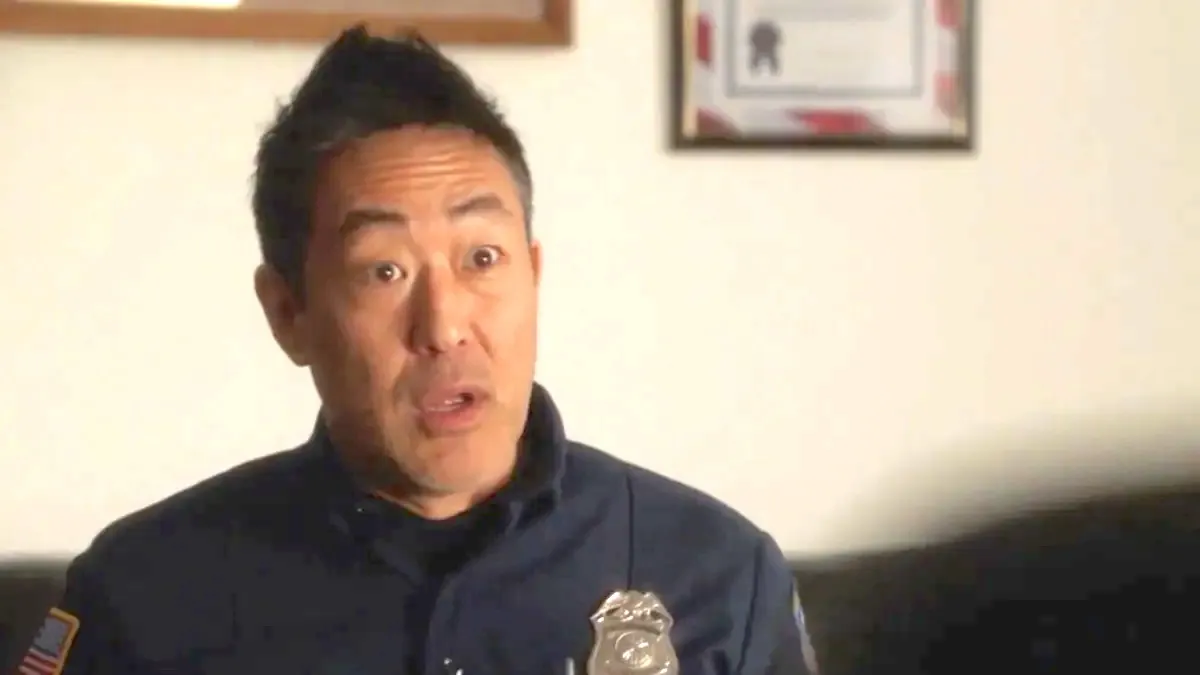The Witcher, the Netflix show based on the wildly popular six novels and three short story collections written by Polish author Andrzej Sapkowski, has a rich lore that matches the intricacy and depth of similarly celebrated stories like Game of Thrones. As a result, The Continent, the unnamed landmass on which most of the action in the series takes place, is something avid readers of the books and watchers of the show will know plenty about. All of this extra information adds to the rich tapestry of the world that Sapkowski and television series creator Lauren Schmidt Hissrich have crafted, and knowing about it can help elevate your viewing experience as you spot Easter Eggs and niche references. If you want to know about the history of The Continent in The Witcher, then read ahead for our explainer.
What is The Continent in The Witcher?
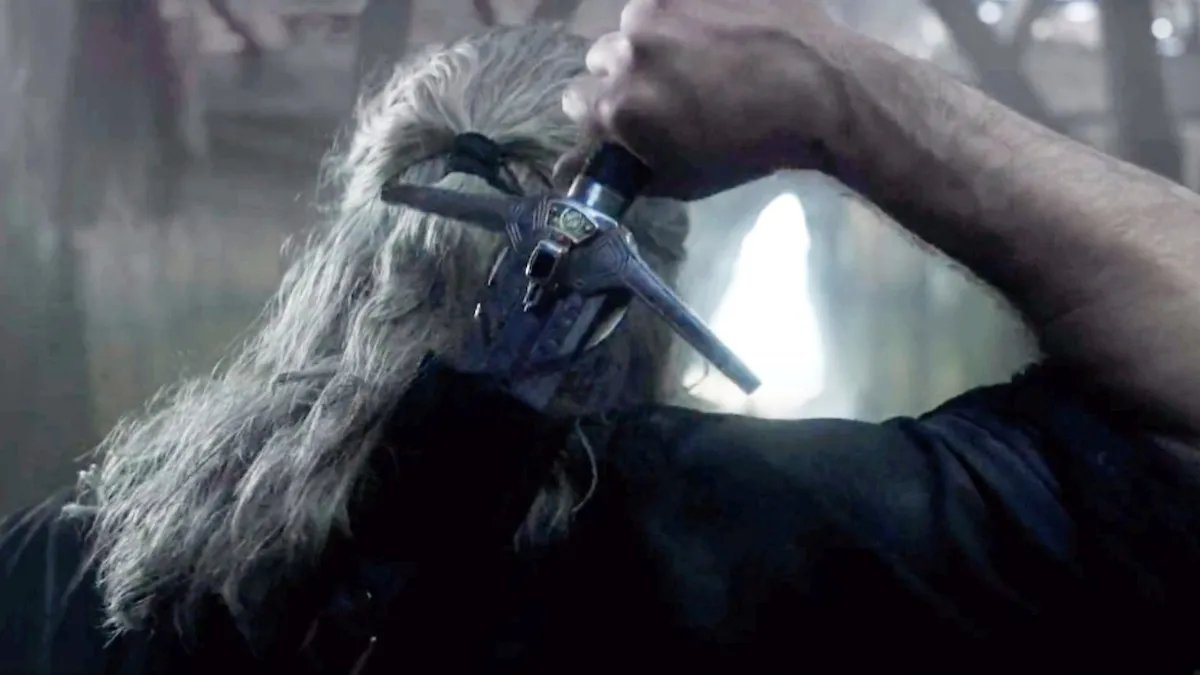
The Continent in The Witcher is where most of the action takes place in the series, as it’s where the Northern Kingdoms and Nilfgaardian Empire are based. These powerhouses are situated on the western coast of The Continent. The World in The Witcher is defined by sparseness, so The Continent is one of the few places where action actually takes place.
The southern hemisphere of the planet is mostly water, which leads to large amounts of snow for the north in winter, as shown in the series. Lands considered the Far South in The Witcher, like Barsa, Hannu, Ofir, and Znagvebar, might be in the southern hemisphere as they’re described as “beyond the sea,” although it’s not been confirmed.
The northern hemisphere is where The Continent lies, which in turn is made up of the Far North, Northern and Eastern Lands, and the aforementioned Niflgaardian Empire. Just to the west of the large landmass is a set of islands called the Skellige Isles. West of The Continent is another large sea, where many believe the ancestral lands of the Nordlings are (Nordlings are humans who arrived to The Continent later than the original people who resided on it).
Other known places on The Continent are Haakland, Zerrikania, and the Korath Desert. The only areas of The Continent that have been explored fully are the Nilfgaardian Empire and the Northern Realms, whereas everything else has only been tentatively explored.
What is the history of The Continent in The Witcher?
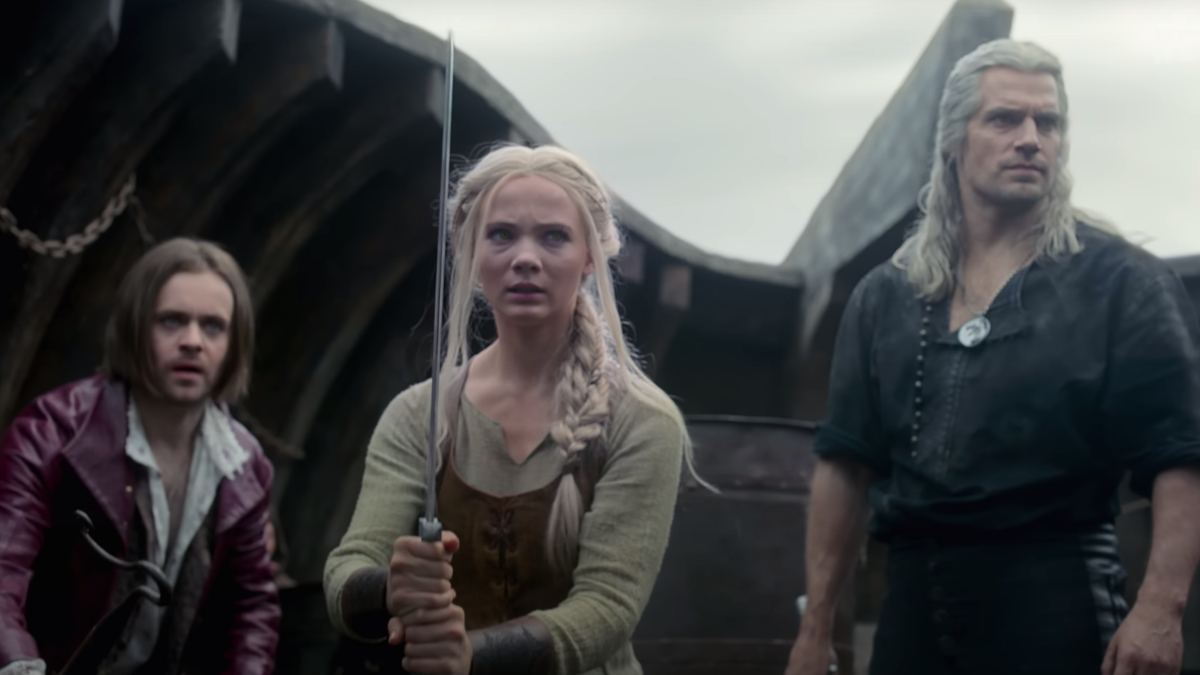
The history of The Continent in The Witcher is long and detailed. What we know begins in the year 230, when a paranormal event called The Conjunction of the Spheres introduced a variety of species to The Continent, which previously had mostly been filled with dwarves, elves, and gnomes. Among the creatures who appeared were humans, specifically the Dauk and Wozgor people, who spent the next half a millennium in relative obscurity — although they did develop religion and a written language. Then, in 760, there was The Landing of the Nordlings, the humans who occupy most of the Northern Territory. There are some theories that the reason Southern humans are considered to be so different from Northern ones is because those from further south were part of the original appearance in 230.
By 782 the humans had made their mark, defeating elves for the first time and usurping one of their royal lines. Years of warfare between humans and elves, as well as different human tribes, followed, including a devastating one between 830 and 836 between the two Northern Kingdoms of Temeria and Cintra. Towards the end of that war, in 835, there was the Formation of the Chapter and Supreme Council of Mages. This period also saw the introduction of a new alphabet, and the formation of the Novigradian Union.
In 839 Aretuza, a school for learning magic, opened, thus beginning the Conclave of Mages, leading to the eventual formation of the Chapter and Supreme Council of Mages. A century and a half later in 956 Erland, the first grandmaster of the Griffon School of Witchers, was born, and soon after that the first Witchers were created by the mages, and immediately put to use to fight monsters on behalf of the human race.
In 994 there was a schism between Witchers, and the Bear School of Witchers was created. They declared that they owned the South and Skrellige. It was a tumultuous few years, as in 996 the Cat School of Witchers broke away from the original too, stealing supplies and important texts as they did. A year later, the Bear School was going from strength to strength, and they began building a school of their own in the Amell Mountains.
That same year saw another school split, but this time peacefully. The Gryphon School left what then became the Wolf School, with the former heading into the north. Sadly, this was one of the very few non-violent splits, and over the next two decades there were a lot more aggressive and deadly schisms, leading to a number of new schools being formed.
In 1060, the World saw Aelirenn’s Uprising, which burst into life after the elves realized that humans were a much bigger threat than previously thought. This deepened the chasm that already existed between the two races. In 1142 there was another major elven-human conflict as the mage Cregennan of Lod was murdered, and his elven lover Lara Dorren died after giving birth to their child. Many humans blamed the elves for Cregennan’s death, whereas the elves said the humans committed the murder. Hostilities then exploded into a war. The half-elf, half-human child at the center of it all was adopted by Queen Cerro of Redania.
For the next century various tribes and Witchers fought, but they were mostly skirmishes. In 1168, the Witcher Geralt of Rivia, the protagonist of many of Sapkowski’s Witcher short stories and one of the main characters in the Netflix adaptation, was born. A year later in 1169 the Gryphon School, called Kaer Y Saren, located in a mountain range in Kovir and Poviss, was destroyed by mages, leading to a lot of turmoil for the Gryphons. Yennefer of Vengerberg, a sorceress who is also one of the main protagonists of the Netflix series, was born in 1173. She graduated from Aretuza in 1186, showing prodigious talent along the way.
Various other important characters in the world were born in the following years: Emhyr var Emreis, a future ruler of the Niilfgaardian Empire, arrived in 1220, and a year later came Triss Merrigold, a legendary 13th century sorceress. By the time she was 20, she was the Court Mage of Temeria, and two years after that was when she met Geralt of Rivia. Also born in the 1220s was Dandelion, the jester and close friend of Geralt. 1239 saw the beginning of the Northern Wars, caused by the annexation of Ebbing by the Nilfgaardian Empire. 1253 saw the events of the short story “The Bounds of Reason” take place.
In 1257 Emhyr var Emreis took control of the throne, and the short story “The Sword of Destiny” took place in 1262. A year later, in 1263 the First Northern War took place, lasting around a year. The peace was fragile, though, and in 1267 the Second Northern War (or the Great War, as it was often called) took place, ending in 1268. The bloodlust wasn’t satiated, though, and three years later the Third Northern War took place. This period covers what is depicted in the six Witcher novels. During this period the World also saw an outbreak of the Catriona plague, and the beginning of the witch hunts, which lasted for four years and ended in 1276.
The 14th century saw the beginning of climate change in the World, as well as turmoil in the Nilfgaardian Kingdom when their imperial treasurer of the crown, Peter Evertsen, was falsely accused of fraud and executed. At the same time, Jan Calveit became the emperor of Nilfgaard, and 21 years later he gave Evertsen a posthumous pardon. In between that time saw the War of the Unicorns (1309-1318).

